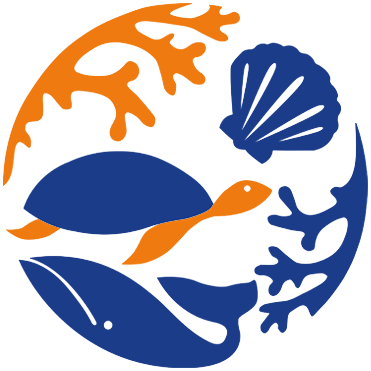Spiochaetopterus costarum (Claparède, 1869)
Glassy tube worm| Native range | All suitable habitat | Point map | Year 2050 |

|
| This map was computer-generated and has not yet been reviewed. |
| Spiochaetopterus costarum AquaMaps Data sources: GBIF OBIS |
Google image |
No photo available for this species.
Classification / Names Populärnamn | synonymer | CoL | ITIS | WoRMS
Polychaeta | Canalipalpata | Chaetopteridae
Environment: milieu / climate zone / djupintervall / distribution range Ekologi
; djupintervall 4 - 6 m (Ref. 83919). Tropical
Distribution Länder | FAO områden | Ekosystem | Förekomster | Utplanteringar
Northern Pacific, Western Atlantic and the Mediterranean Sea: Central America to northern Brazil.
Length at first maturity / Size / Weight / Age
Könsmognad: Lm ? range ? - ? cm
Life cycle and mating behavior Könsmognad | Reproduktion | Lek | Eggs | Fecundity | Larvae
Main reference
referenser | Koordinator | Medarbetare
Salazar-Vallejo, S.I. 1996 Lista de species y bibliografía de Poliquetos (Polychaeta) del Gran Caribe. Anales Inst. Biol. Univ. nac. Autón, México, Ser. Zool. 67(1):11-50. (Ref. 7866)
IUCN Red List Status
(Ref. 130435: Version 2025-1)
CITES status (Ref. 108899)
CMS (Ref. 116361)
Threat to humans
Human uses
| FishSource |
Verktyg
Ytterligare information
Max. ages / sizes
Length-weight rel.
Length-length rel.
Length-frequencies
Mass conversion
Abundans
Internet-källor
BHL | BOLD Systems | CISTI | DiscoverLife | FAO(Publication : search) | Fishipedia | GenBank (genome, nucleotide) | GloBI | Gomexsi | Google Books | Google Scholar | Google | PubMed | Tree of Life | Wikipedia (Go, sök) | Zoological Record


